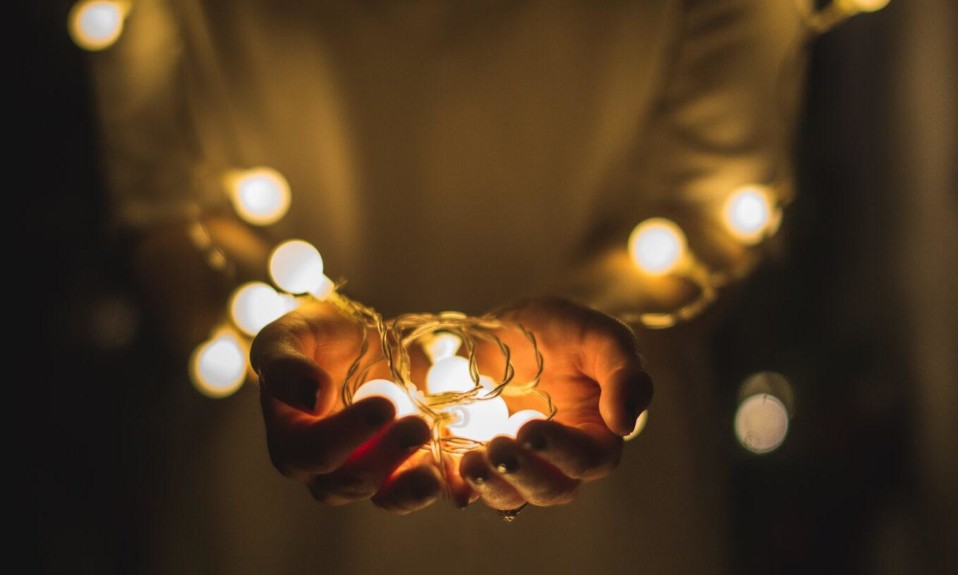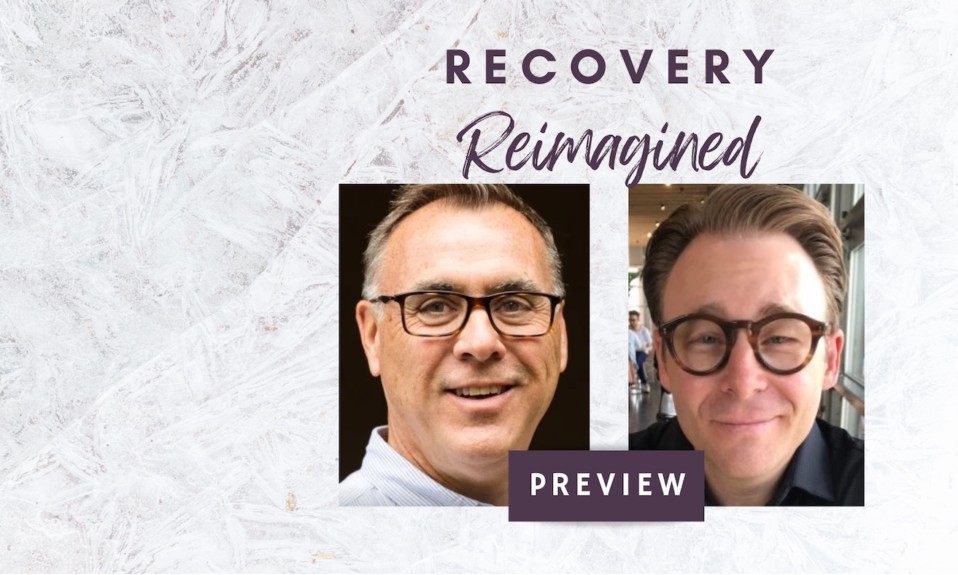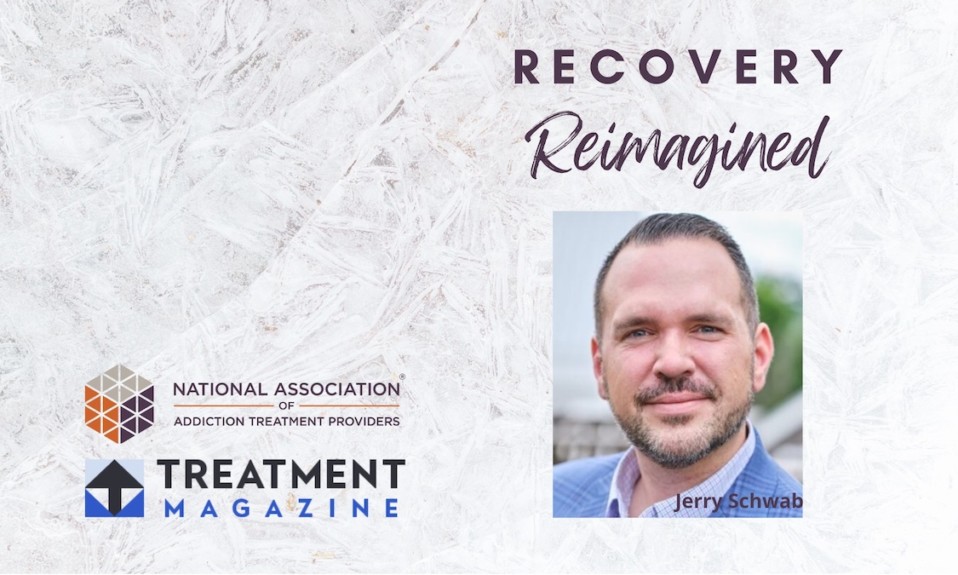As coronavirus cases surge, addiction professionals are “uniquely ready” with new tools developed during the pandemic to keep patients safe
By William Wagner
November 24, 2020In October, President-elect Joe Biden warned of a “dark winter” related to the COVID-19 pandemic. As the treatment community knows all too well, those bitter winds have swept in and are here.
Vaccines are on the horizon, but in the meantime, the coronavirus is spreading exponentially in almost all corners of the United States. Just this past weekend, according to The New York Times, the virus claimed more than 2,000 lives, a pace that is unlikely to relent anytime soon.
Most people who are in this pandemic have no meaningful strategy or outlet. They’re watching a lot of Netflix. But people who are in recovery are treating their sense of pain and fear and dread and loneliness. …It’s because addicts and alcoholics are creative. They know how to create some sense of community that provides a respite from addiction. It’s very cool.”—James Balmer, president, Dawn Farm
For their part, the addiction treatment and recovery communities stand ready to deal with the fallout from this latest surge in COVID cases. Or at least readier than many other segments of the population. That’s the way James Balmer, president of the treatment center Dawn Farm in Michigan, sees it anyway. He says individuals in recovery are uniquely suited to ride out the dark winter.
“Most people who are in this pandemic have no meaningful strategy or outlet,” Balmer says. “They’re watching a lot of Netflix. But people who are in recovery are treating their sense of pain and fear and dread and loneliness. Almost all the physical meetings that existed before COVID-19 in this county [where Dawn Farm is located] have a digital version right now. It’s because addicts and alcoholics are creative. They know how to create some sense of community that provides a respite from addiction. It’s very cool.”
The ability to provide a place of social connectivity when you can’t leave your house has been invaluable. Staying connected during this scary, disconnecting time, especially with the upcoming holiday season, is going to be extremely important in order for people to maintain recovery health and well-being.”—Danielle Tarino, president and CEO, Young People in Recovery
The story is the same across the United States. The virtual networks that were built on the fly after the pandemic initially shut down the United States in March now have been normalized. Whether you rely on a recovery organization like Alcoholics Anonymous or LifeRing Secular Recovery or treatment through an outpatient program, virtual help is waiting. For perspective, consider this: 96% of psychologists recently surveyed by the American Psychological Association reported that they have used telehealth with patients to at least some degree since the onset of the pandemic.
Online counseling and meetings aren’t ideal substitutes for face-to-face contact, but they nevertheless will be useful tools in helping people with substance use disorder (SUD) and alcohol use disorder (AUD) survive what many public health experts predict will be the most harrowing months of the pandemic.
“The ability to provide a place of social connectivity when you can’t leave your house has been invaluable,” says Danielle Tarino, president and CEO of Young People in Recovery, a national recovery support organization that has shifted many of its programs online during the pandemic. “The idea of staying connected during this scary, disconnecting time, especially with the upcoming holiday season, is going to be extremely important in order for people to maintain recovery health and well-being.”
Despite the resourcefulness of the treatment community, this remains a perilous time. The numbers speak for themselves: In a study published on the JAMA Network in September that was coauthored by the U.S. Department of Health and Human Services (HHS) and Millennium Health, participants were more likely to test positive for fentanyl, heroin, methamphetamine and cocaine since the onset of the pandemic. Another study, also published on the JAMA Network in September and undertaken by the RAND Corporation American Life Panel, noted a rise in drinking during the pandemic among adults over age 30.
Furthermore, with the in-person component gone, or at least greatly diminished, treatment programs have had increasing difficulty making ends meet. The National Council for Behavioral Health reported in September that 22.6% of the 3,000 behavioral care organizations that make up its membership had experienced a COVID-related drop in revenue. Adding to the bleak financial picture, major insurers such as UnitedHealth Group and Anthem began rolling back some of their telehealth coverage for non-COVID issues in October.
For those in recovery, the key to shining a light in this COVID dark winter is to keep engaging with the coping mechanisms that are out there.
“If there’s one thing the recovery community has done with COVID, it’s figured out very quickly and very large-scale how to connect with each other,” says Annie Peters, Ph.D., LP, director of research and education for the National Association of Addiction Treatment Providers (NAATP). “In the middle of the night, you can connect with someone in Australia who’s in recovery. This is what saves their lives. We are never alone. There are people who understand and are going through the exact same thing.”
Photo: Josh Boot













